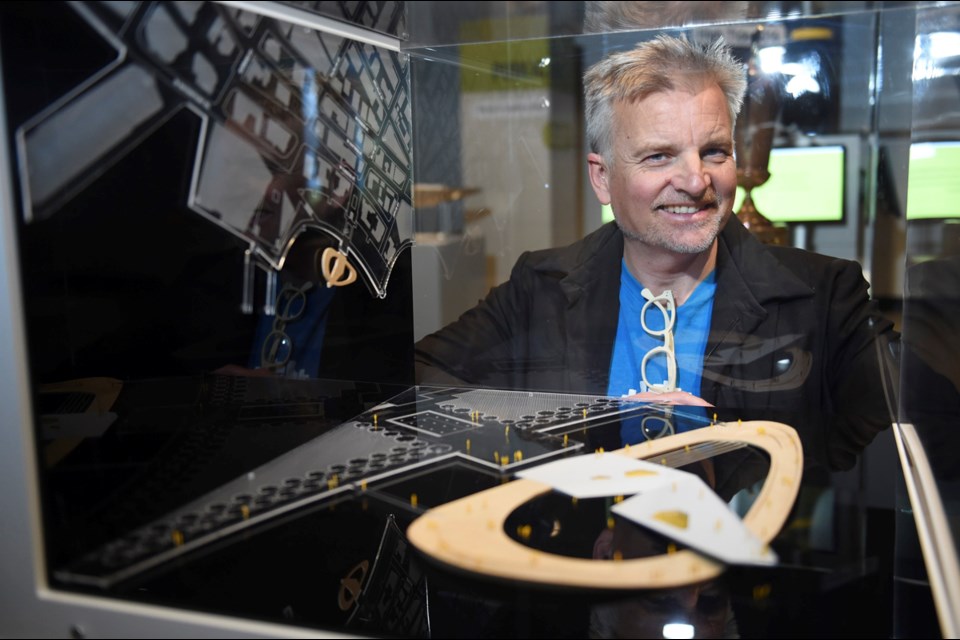Imagine a 2,500-foot-high tower downtown that takes a street grid 90 degrees so it points upward, or a series of elevated public parks on the upper levels of buildings, or parks on barges that could be moved around the city.
These are among ideas — some a bit tongue-in-cheek — dreamed up by architects and urban designers from around the region in the Future Scenarios portion of the new Museum of Vancouver exhibition Your Future Home: Creating the New Vancouver that opens Jan. 21.
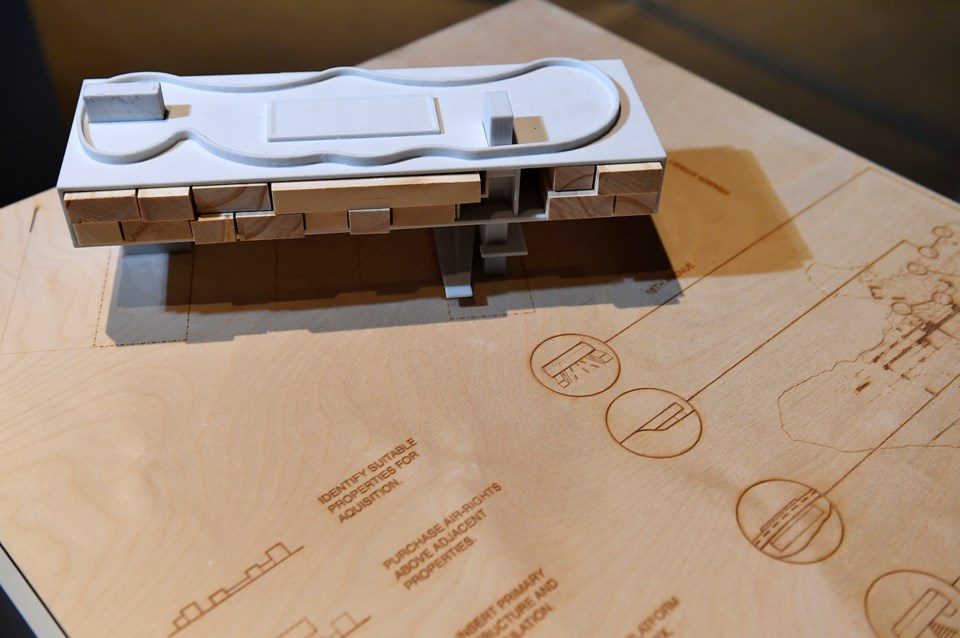
Museum of Vancouver and the Vancouver Urbanarium Society are co-presenting the show, which tackles some of the most hotly debated topics in the city — affordability, density, transportation and public space.
Photographs of different housing types around the Lower Mainland are among the components of the show. The photos, meant to encourage visitors to think about how we live now and how we want to live in the future, range from a homeless person's tent in Stanley Park to a high-rise in Burnaby to single-family houses.
BTA Works, meanwhile, put together data about Vancouver on subjects such as historical housing prices, density issues and demographics.
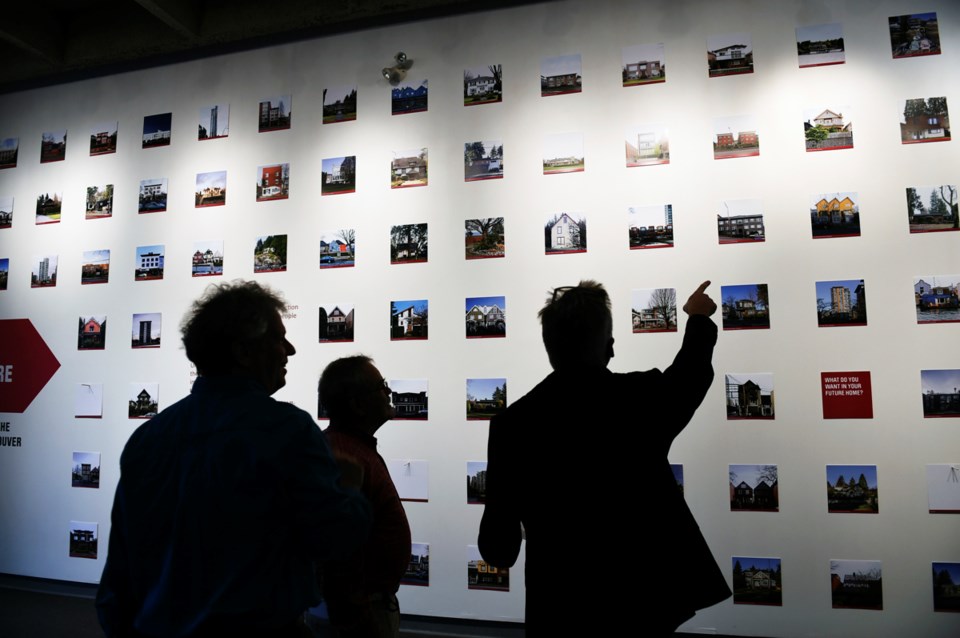
Vancouver architect Bruce Haden, co-curator of the Future Scenarios part of the exhibit, sits on the board of the Urbanarium society — a group of planners, architects and urbanites whose aim, in his words, is to be “an honest broker of good information so we can actually have better debates about how to build a city we call care about.”
Its initiatives include an interactive ‘Smartmap,’ which is launching during the exhibition and is now available on Urbanarium’s website, that allows users to input examples of what they consider good and bad urban design.
“The idea is if you’re wandering around the city and find something you think is fabulous or awful, you simply take a photograph of it and upload it on Smartmap and [indicate] this is smart or this is not so smart,” Haden said.
The society is also holding complementary activities, including a debate series, during the duration of the exhibition that are meant to encourage Vancouverites to be part of the conversation. They are noted on its calendar of urban events.
Haden says Vancouver is in a dramatic period of change and one of the challenges when dealing with hot-button subjects such as affordability, density and transit, is that the conversation can easily get “pretty dumb.”
“All of these [initiatives] are really intended to be different arrows in the quiver for people who just want to have a more responsible debate about urban design and how we build a city,” he told the Courier.
Your Future Home adopts some of the language and ideas of real estate sales centres, like lifestyle photos and data, to underscore that affordability is a significant concern.
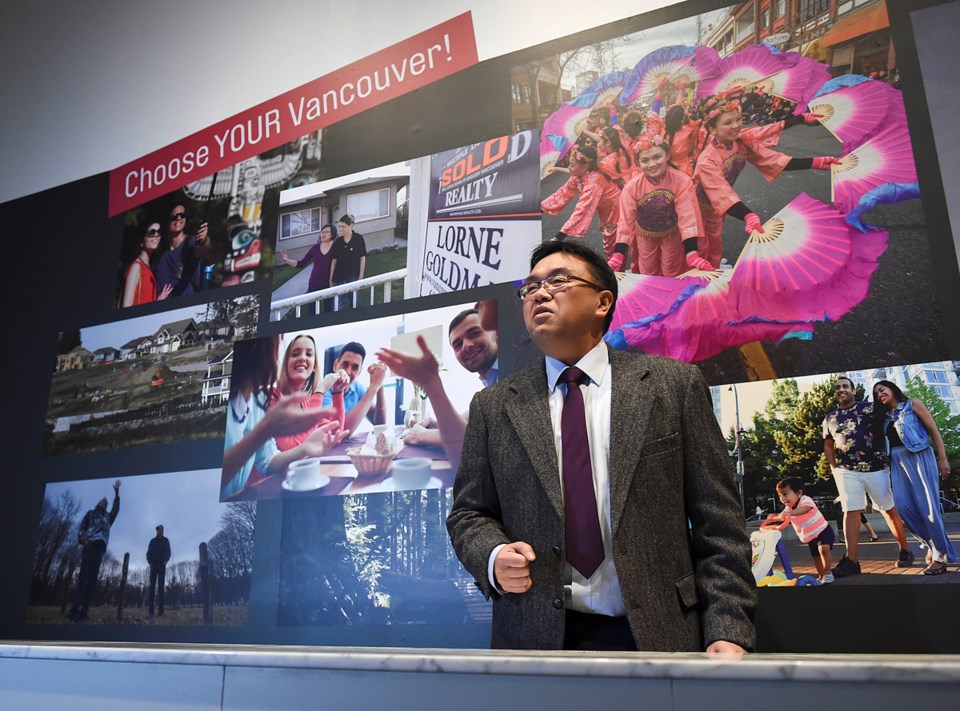
“We’re trying to explain and give people information, in part, about what are the consequences and issues associated with different forms of housing. For example, it’s not commonly known that density doesn’t automatically mean high-rise. There are lots of examples in the world of different types of higher density neighbourhoods that are more ground-oriented,” Haden said, pointing to Olympic Village as a local example.
That said, the show isn’t meant to offer “magic bullets” to solve complex political problems.
“The agenda here isn’t that we want to propose specific solutions. The agenda simply is, here are some of the issues. One of the great challenges in urban design is our attention span is often short-term and immediate and the core issues about how we build a city do take time to develop,” Haden said. “Vancouver has obviously changed incredibly fast, as we all know, but the critical issues of density, how we organize the city and transit are things that take a while to play out. Really, to make the right decisions requires some thought.”
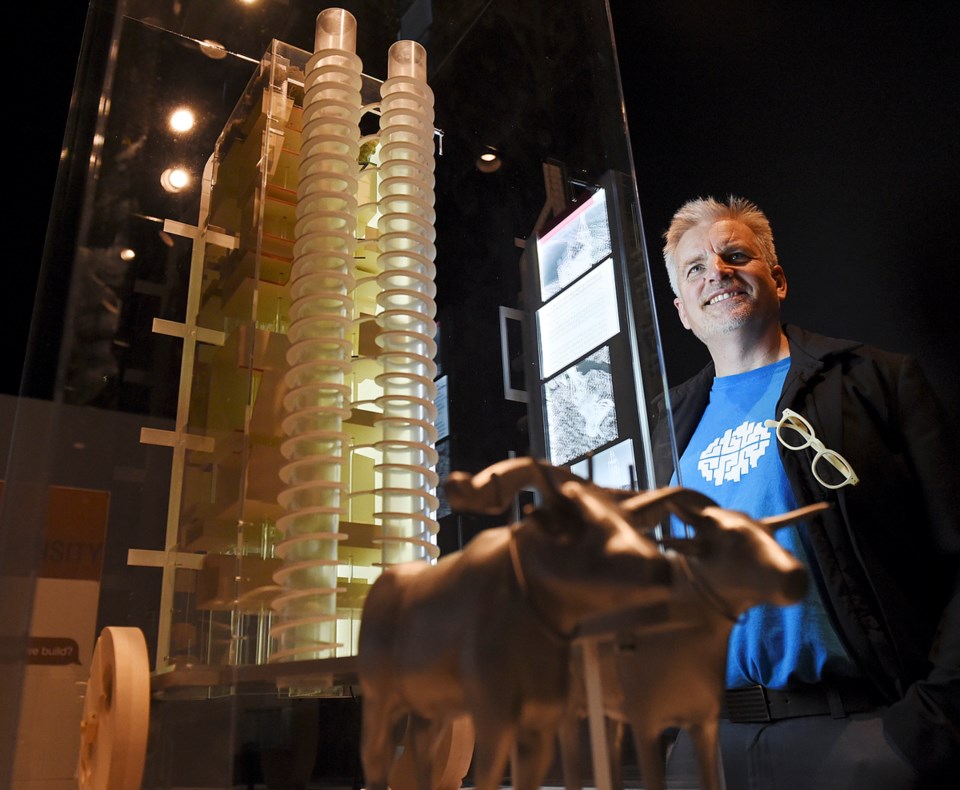
Haden cites HCMA Architecture + Design’s proposed recreational platform in Coal Harbour and the barge parks pitched by PFS Studio, a landscape architecture firm, as among the creative ideas featured in the show.
Haden said he’s excited about rethinking our relationship with the water, noting that while he likes the seawall, he sees it as an example of “spandex urbanism.”
“We want to support and build infrastructure for things that we consider healthy but we’ve got this incredible stretch of south-facing waterfront in the downtown core with hardly any waterfront bars, which I find a bit silly. I find indicative of a little bit of tightness in our town,” he said.
Haden expects Your Future Home will attract a large audience given the public’s interest in urban planning issues and the long-term consequences for not dealing with the consequences of growth.
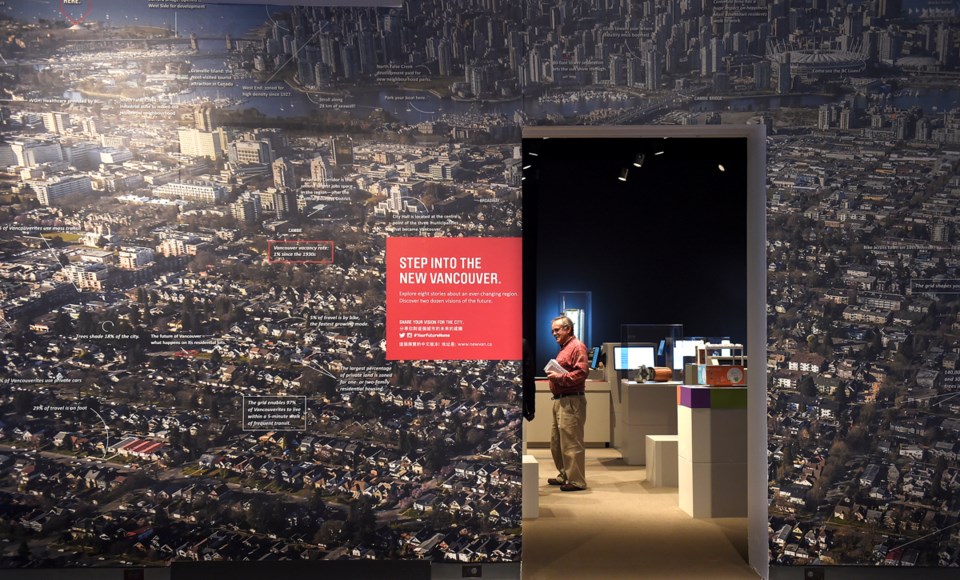
“The idea that we won’t have artists in our city because no artists can afford it here is an awful prospect,” he said.
“What we would like is that people are inspired enough to be able to engage in the urban conversation at just a little bit of a higher level. So not just to go out and say, ‘We shouldn’t have towers anywhere,’ but really saying, ‘OK, if we don’t want to have towers and we have a whole bunch of people coming to the region whether we like it or not… how are we going to house them and what are the values we want to bring to that? What are the choices we want to bring to that? How can we make it exciting and invigorating?’ To me, a city is always a place of passion. It’s not just a place to live.”
Your Future Home: Creating the New Vancouver runs Jan. 21 to May 15, 2016 at the Museum of Vancouver, 1100 Chestnut St.
@naoibh
